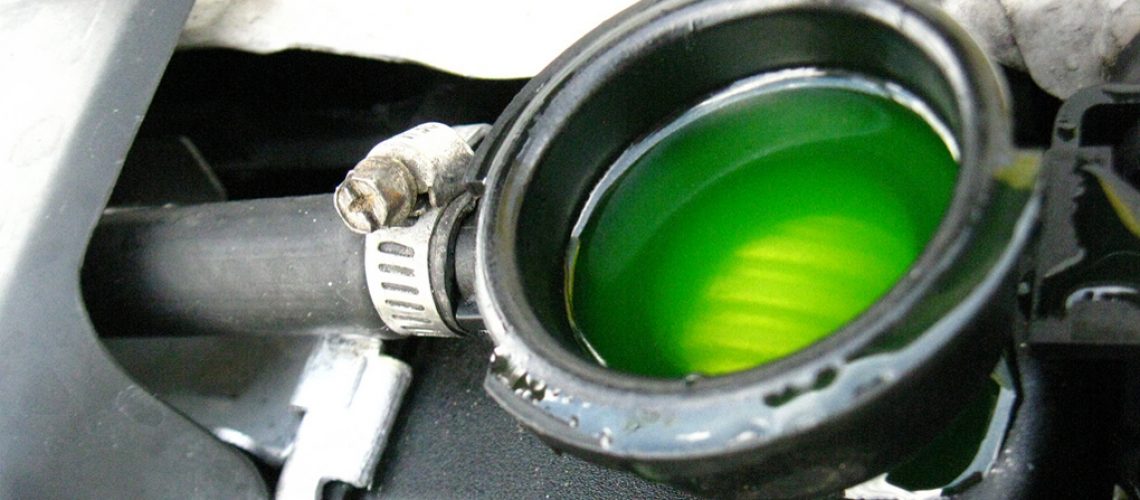If you’re receiving queries from clients eager to protect their engines with anti-freeze during these cooler months, it’s worth remembering that this product also doubles as a coolant to prevent overheating during summer.
Clearly a must-have for any vehicle owner, there are, however, several dos and don’ts for using the product correctly – if applied or diluted without proper care, it can cause corrosive damage to parts like the water pump, radiator, and engine cylinder head.
These tips can prevent such damage:
- Coolant should typically be changed every two to five years.
- Choose a formulation that matches the system requirements of the car. This is especially important because the South African Bureau of Standards has two standards for anti-freeze: in one case, the product must be diluted with clean water while, in the other, the product is already diluted.
- Remember that cheaper brands may be of poor quality, and are likely to have already been diluted.
- Use a hydrometer to check the type of coolant in the vehicle’s cooling system.
- Make sure there are no rust particles floating in the coolant. Look out, too, for white surface spots in aluminium radiators, which show that electrolysis may have taken place. If there is any debris of this nature in the coolant, it’s probably time to add some antifreeze or water.
- It is possible for coolant to become contaminated over time, because it may pick up residue from the cooling system. This may cause subsystems to clog up, so it’s important to flush out the cooling system regularly.
Photo credit: Evelyn Giggle, radiator, CC by 2.0
Post Views: 277


